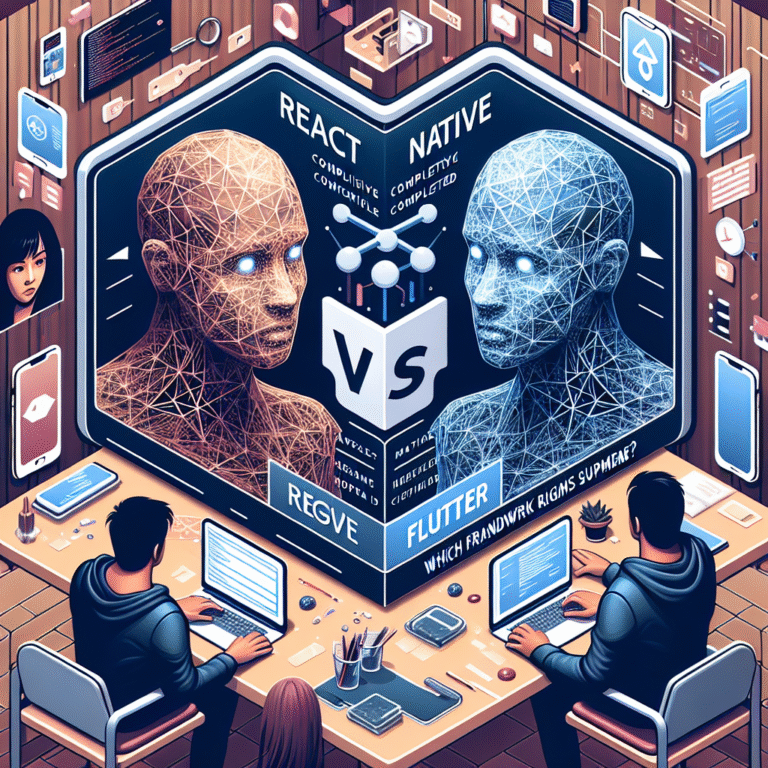Your Ultimate Guide to HuggingFace Transformers
Introduction
The world of Natural Language Processing (NLP) has been revolutionized by the advent of models like the HuggingFace Transformers. This library has made it easier for developers and researchers to leverage powerful machine learning models without the need for extensive background knowledge in deep learning frameworks. In this guide, we will explore everything you need to know about HuggingFace Transformers.
Getting Started
Installation and setup
To get started with HuggingFace Transformers, you first need to install the library. You can do this using pip:
pip install transformersAfter installation, ensure that you have the required dependencies by installing PyTorch or TensorFlow, depending on your preference for the backend framework. For a comparison of these frameworks, you can check this article.
Basic usage concepts
HuggingFace Transformers provide an easy-to-use interface for various NLP tasks. You can load pre-trained models and tokenizers with minimal effort, allowing you to focus on building your applications.
Understanding Transformers
What are Transformers?
Transformers are a type of model architecture introduced in the paper ‘Attention is All You Need’. They have since become the backbone of most current state-of-the-art NLP systems. The architecture relies heavily on self-attention mechanisms, enabling the model to weigh the importance of different words in a sentence.
Architecture breakdown
The Transformer architecture consists of an encoder and a decoder. The encoder processes the input data, while the decoder generates the output. Each layer in the encoder and decoder consists of multi-head self-attention and feed-forward networks, allowing the model to learn complex relationships in the data.
Pre-trained Models
Overview of available models
The HuggingFace Transformers library provides various pre-trained models, including BERT, GPT, RoBERTa, and more. These models have been trained on vast amounts of text data and can be fine-tuned for specific tasks. For insights on fine-tuning models, you might find this guide useful.
How to choose the right model
Choosing the right pre-trained model depends on your specific NLP application, whether it’s text classification, language generation, or sentiment analysis. Consider factors such as model size, training data, and intended use case.
Fine-tuning Transformers
Steps for fine-tuning
- Select a pre-trained model.
- Prepare your dataset for training.
- Use the Trainer API for fine-tuning.
- Evaluate the model’s performance.
Common use cases
Fine-tuning Transformers can be applied in various scenarios, such as text classification, where you categorize text, or language generation, where you create coherent text based on a prompt. For more examples of innovative use cases, see this resource.
Building Applications
Integrating Transformers into applications
Integrating HuggingFace Transformers into your applications is straightforward. You can use the library’s APIs to load models and make predictions with just a few lines of code.
Example projects
- Chatbot using GPT-3 for conversation generation.
- Sentiment analysis tool using BERT.
- Text summarization application utilizing T5.
Advanced Topics
Custom model training
For advanced users, HuggingFace allows you to train custom models. This requires more knowledge about machine learning and access to robust computational resources. If you’re interested in exploring the intersection of AI and healthcare, consider reading this article.
Leveraging HuggingFace Hub
The HuggingFace Hub is a platform where you can share your models and datasets. This community-driven approach fosters collaboration and innovation within the NLP field.
Best Practices
Optimization tips
To optimize the performance of your models, consider techniques such as gradient accumulation, mixed precision training, and model pruning. For further reading on improving model performance, check out this guide on essential AI APIs.
Managing resources
When deploying AI models, it’s crucial to manage your computational resources effectively. Monitor your GPU utilization and batch sizes to ensure efficient training and inference.
FAQ
What is HuggingFace?
HuggingFace is a company that provides open-source NLP technologies, including the Transformers library, which allows for easy implementation of state-of-the-art models.
How do I fine-tune a model?
Fine-tuning a model involves selecting a pre-trained model, preparing your dataset, and using the Trainer API to train the model on your specific task.
Can I use HuggingFace Transformers for non-English languages?
Yes, many pre-trained models support multiple languages and can be used for NLP tasks across different languages.
What are some common applications of HuggingFace Transformers?
Common applications include text classification, language generation, sentiment analysis, and machine translation. For more insights into NLP applications, refer to this article.
Conclusion
This guide has provided an overview of HuggingFace Transformers, from installation and usage to advanced topics and best practices. By leveraging this powerful library, you can build state-of-the-art NLP applications efficiently.




